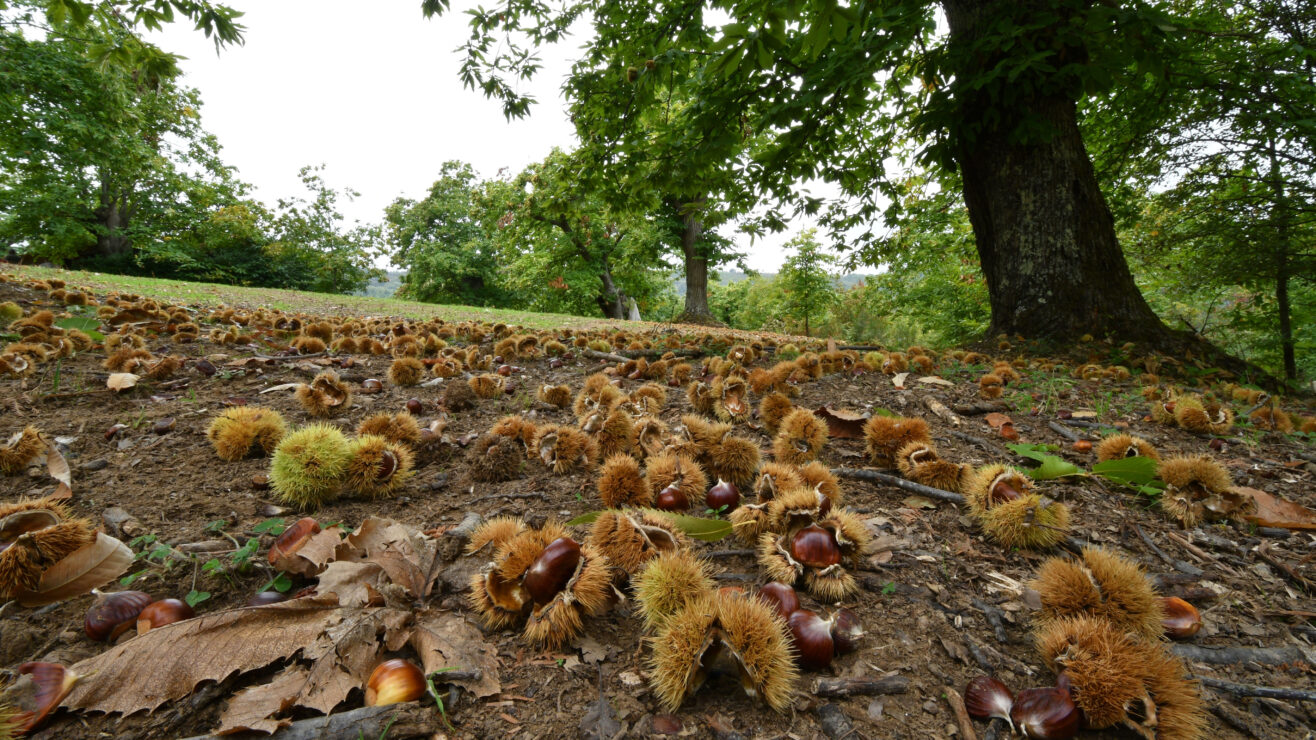We looked a few weeks ago at Philip Stott College; this week we’ll go to the Bonar Law Memorial College, its rival and successor, and see what happened there.
Earlier in my career, when I worked at what is now City St George’s, I was obliged to visit Ashridge in my official capacity. A magnificent stone building, with wonderful medieval fireplaces and mullioned windows; the childhood home of Elizabeth I, rich in history.
Except, of course, that Ashridge House was built in the early nineteenth century. All of that history took place at Ashridge Priory, which stood on the same site but was demolished in 1803. And Ashridge House is now grade I listed, with its grounds grade 2 listed. It’s a fake, but it’s a glorious fake.
It was built under the auspices of John Egerton, 7th Earl of Bridgewater. He was a descendent of Thomas Egerton, Lord Keeper of the Great Seal and Lord Chancellor of Elizabeth I and James VI and I, and also of Francis Egerton, 3rd Duke of Bridgewater and a canal magnate. And when complete it eventually passed into the Brownlow family, who in 1921 sold the house and the grounds to the National Trust.
It was bought by Urban H Broughton. Broughton was a civil engineer, who in 1884 went to the USA to promote a hydro-pneumatic sewerage system. He clearly did well there, promoting the system at the 1893 World Fair in Chicago, and in 1895 being hired by oil tycoon Henry Rogers to instal the system in his home community. And there he met Cara Leland Duff, Rogers’ widowed daughter. Sparks flew; they married. And, years later, he returned to Britain with his family, a rich man. He became a personage in society, a Conservative MP, and he was just about to be ennobled when he died.
Before he did this, however, he gave Ashridge House to the Conservative Party to be used as a staff college.
And so the Bonar Law Memorial College was born. Its original trustees were a roll-call of the Conservative party’s great and good: Stanley Baldwin MP, John Colin Campbell Davidson MP, Baron Fairhaven, John William Beaumont Pease, Viscount Hailsham, Neville Chamberlain MP, Viscount Astor, Col. John Buchan (he of The Thirty-Nine Steps), Viscountess Bridgeman, and Lady Greenwood, amongst others. The Leader and Chaiman [sic] of the Conservative and Unionist Party were trustees ex officio. It was named for Andrew Bonar Law, Prime Minister from 1922 to 1923.
The Bonar Law Memorial College opened in 1929; it became known as a college of citizenship. During WW2 it was used as a field hospital. And it seems that its time as a Conservative college was not without tensions between the Conservative party and the college. Which is probably inevitable: the periodicity of vicissitudes in politics is, I claim, shorter than the periodicity of change in ideas and curricula.
By 1954 the political nature of the college was coming to an end. By an Act of Parliament – the Ashridge (Bonar Law Memorial) Trust Act 1954 – the college became non-partisan, and known as the Ashridge Management College. It seems that the charitable aims were focused on the UK and the Commonwealth, meaning that the Ashridge (Bonar Law Memorial) Trust Act 1983 was necessary to enable the college to recruit students from countries outside the Commonwealth.
In the 1990s Ashridge was validated by City University – which was how I got to go there – but then gained its own degree awarding powers. And rightly so. In 2015 it became part of Hult International Business School and now hosts executive education.
The card is undated and unposted but judging by the cars parks out front I would guess stems from the 1950s, after it had become Ashridge. Here’s a jigsaw of the card – it’s a really tricky one this week!













